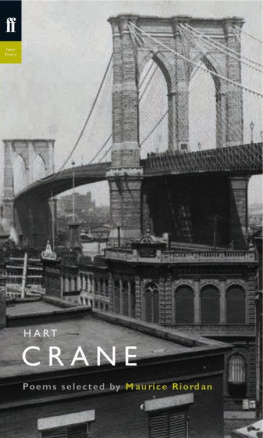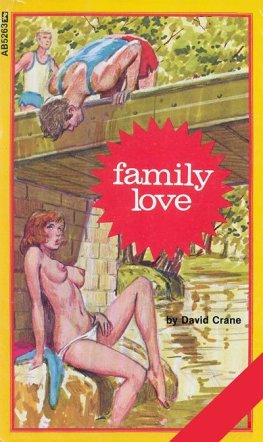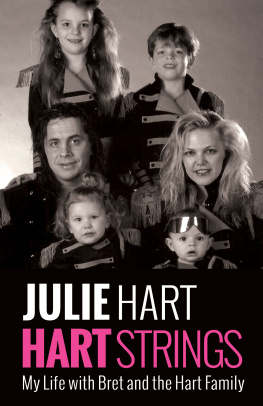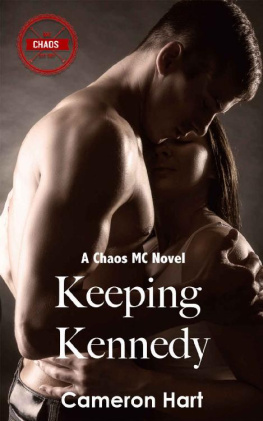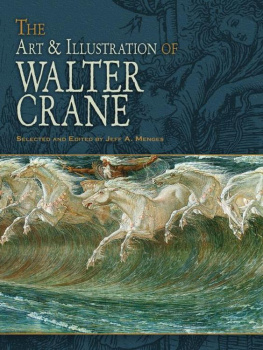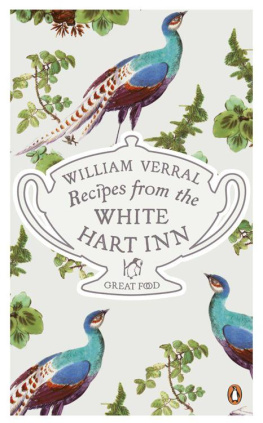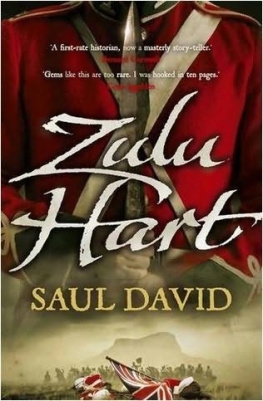Maurice Riordan - Hart Crane
Here you can read online Maurice Riordan - Hart Crane full text of the book (entire story) in english for free. Download pdf and epub, get meaning, cover and reviews about this ebook. year: 2010, publisher: Faber & Faber, genre: Romance novel. Description of the work, (preface) as well as reviews are available. Best literature library LitArk.com created for fans of good reading and offers a wide selection of genres:
Romance novel
Science fiction
Adventure
Detective
Science
History
Home and family
Prose
Art
Politics
Computer
Non-fiction
Religion
Business
Children
Humor
Choose a favorite category and find really read worthwhile books. Enjoy immersion in the world of imagination, feel the emotions of the characters or learn something new for yourself, make an fascinating discovery.
- Book:Hart Crane
- Author:
- Publisher:Faber & Faber
- Genre:
- Year:2010
- Rating:4 / 5
- Favourites:Add to favourites
- Your mark:
- 80
- 1
- 2
- 3
- 4
- 5
Hart Crane: summary, description and annotation
We offer to read an annotation, description, summary or preface (depends on what the author of the book "Hart Crane" wrote himself). If you haven't found the necessary information about the book — write in the comments, we will try to find it.
Hart Crane — read online for free the complete book (whole text) full work
Below is the text of the book, divided by pages. System saving the place of the last page read, allows you to conveniently read the book "Hart Crane" online for free, without having to search again every time where you left off. Put a bookmark, and you can go to the page where you finished reading at any time.
Font size:
Interval:
Bookmark:
In his own memorable phrase, he belonged to the visionary company of love, to the lineage of Blake, Shelley and Keats to which he added Whitman as his immediate American forebear. The role of the poet was heroic: to transcend human limitation; to inspire faith in the ideal; to achieve perfect eloquence. Cranes is a body of modern poetry that is shaped and determined, in its failures as well as its triumphs, by this singular and exalted sense of purpose. The emergence of such a pure Romantic sensibility was not a predictable outcome when Harold Hart Crane first arrived in New York in 1916 from Cleveland, Ohio. Born in 1899, the only son of a sweet-manufacturer (his father is credited with inventing the mint with a hole) and a possessive beautiful mother, he had left home without graduating from high school, while his parents were in the process of a divorce. At his mothers prompting, he dropped the Harold in favour of Hart, her maiden name.
His taste in poetry was fin de sicle: the title of his one published poem was C 33, a reference to the number of Wildes prison-cell in Reading Gaol. He was an adventurous, troubled and somewhat neglected adolescent come to the big city to explore his sexuality as well as follow his declared calling as a poet. This was the heyday of the little magazines, where a vigorous modern movement in American and international poetry was in full swing. The novice poet was exposed to its main practitioners and their precepts in the pages of The Dial, TheLittle Review, Poetry and numerous other imprints. Soon he was himself publishing accomplished restrained poems in the new manner, influenced by Eliot, and more so by Eliots masters the Metaphysicals and the French Symbolists a phase that reached a point of maturity with Praise for an Urn, written when he was still twenty-two. Crane then reacted against what he saw as Eliots pessimism, and its limitations, and set course towards a more positive ecstatic goal.
In the next couple of years he began to form his own very distinctive style: in subjective lyrics, visionary in intent, that are so dense and associative it is difficult to paraphrase them and impossible to read them as narrative. Marianne Moore notoriously rewrote The Wine Menagerie (not included here), before publishing it in The Dial. The puzzlement of his contemporaries led Crane to defend, and try to define, his new method: I may very possibly be more interested in the so-called illogical impingements of the connotations of words on the consciousness (and their combinations and interplay in metaphor on that basis) than I am interested in the preservation of their logically rigid significations at the cost of limiting my subject matter and perceptions involved in the poem. This letter to the editor of Poetry, Harriet Monroe, shows him evolving what he termed the logic of metaphor. Crane cites both Blake (a sigh is a sword of an Angel King) and Eliot (Every street lamp that I pass/ Beats like a fatalistic drum) as examples of how metaphor bypasses logic. But his own practice is closer to that of and Rimbaud in the sheer density of metaphor and also in its constant novelty of diction.
Crane then added another string to his rhetorical bow, a headlong syntactical impetus that he learned from the Elizabethan and Jacobean dramatists. The result is his best and most characteristic work, in the Voyages sequence, in Repose of Rivers, and portions of The Bridge. Voyages II remains his signature poem, a lyric unequalled in the language for its metaphorical richness and rhythmic drive:
Voyages celebrates, and elegises, a relatively happy love affair. By then he was already thinking about a long poem that roughly, concerns a mystical synthesis of America. He struggled sporadically with this ambitious project, reading widely, reworking its visionary climax, but not making much headway with it. In the summer of 1926, he secluded himself on the Isle of Pines, a tiny tropical island (now called Isla de Juventud) offshore from Havana, where his maternal family had a house. Prospects for The Bridge didnt look good: The form of my poem rises out of a past that so overwhelms the present with its worth and vision, he wrote to his mentor Waldo Frank, that Im at a loss to explain my delusion that there exist any real links between that past and a future destiny worthy of it. But a month later he had changed his tune: Hail brother! I feel an absolute music in the air again, and some tremendous rondure floating somewhere.
The storm had broken: in a Duino-like surge of inspiration, he produced in six weeks more than half of The Bridge, as well as most of his remaining good individual poems. Cranes is a poetry of heightened perception, of ecstasy, of language itself in a molten state of metaphor. He drank while he wrote, he played Ravels Bolero, he stomped about shouting out and testing his lines. He got himself worked up. There is more than a hint of a deliberate dreglement des sens about his spells of strenuous composition, which could go on for days without let-up. More than on these props, however, he relied on the stimulus of emotional turmoil, on the swings of mood that were caused freely enough by both his parental relationships and his love affairs.
And it was a specific intensity of stimulation that he needed one that carried him over the threshold into the logic of metaphor, into what he considered a visionary state of inspiration. The goal is absolute eloquence, poems that offer a single, new word, never before spoken. His lyric poems often rehearse this ascent to vision. They act out a personal myth in which the lovers suffering raises him to a state which is purifying, and death-like, an extinction of the self. Thus he is united with the Absolute and is rewarded with poetic vision, with the Word. The Bridge purports to give this notion of poetic ecstasy epic implications.
The poet takes on the heros role and seeks to duplicate his experience for America. The sequence of poems enacts a double quest. In its first half, the poet-narrator sets out to discover and explore the body of the continent, symbolised as Pocahontas. This phase reaches its climax when the narrator, now an Indian brave, is sacrificed and united in death with Pocahontas. It is a fertility myth: the moment of sacrifice is one of union with the earth goddess and leads to ecstatic vision. (Some indication of the latters affinity is implied by the fact that MacDiarmid transcribed the concluding lines of Ave Maria and published them as his own poem.) The second half of
Font size:
Interval:
Bookmark:
Similar books «Hart Crane»
Look at similar books to Hart Crane. We have selected literature similar in name and meaning in the hope of providing readers with more options to find new, interesting, not yet read works.
Discussion, reviews of the book Hart Crane and just readers' own opinions. Leave your comments, write what you think about the work, its meaning or the main characters. Specify what exactly you liked and what you didn't like, and why you think so.

